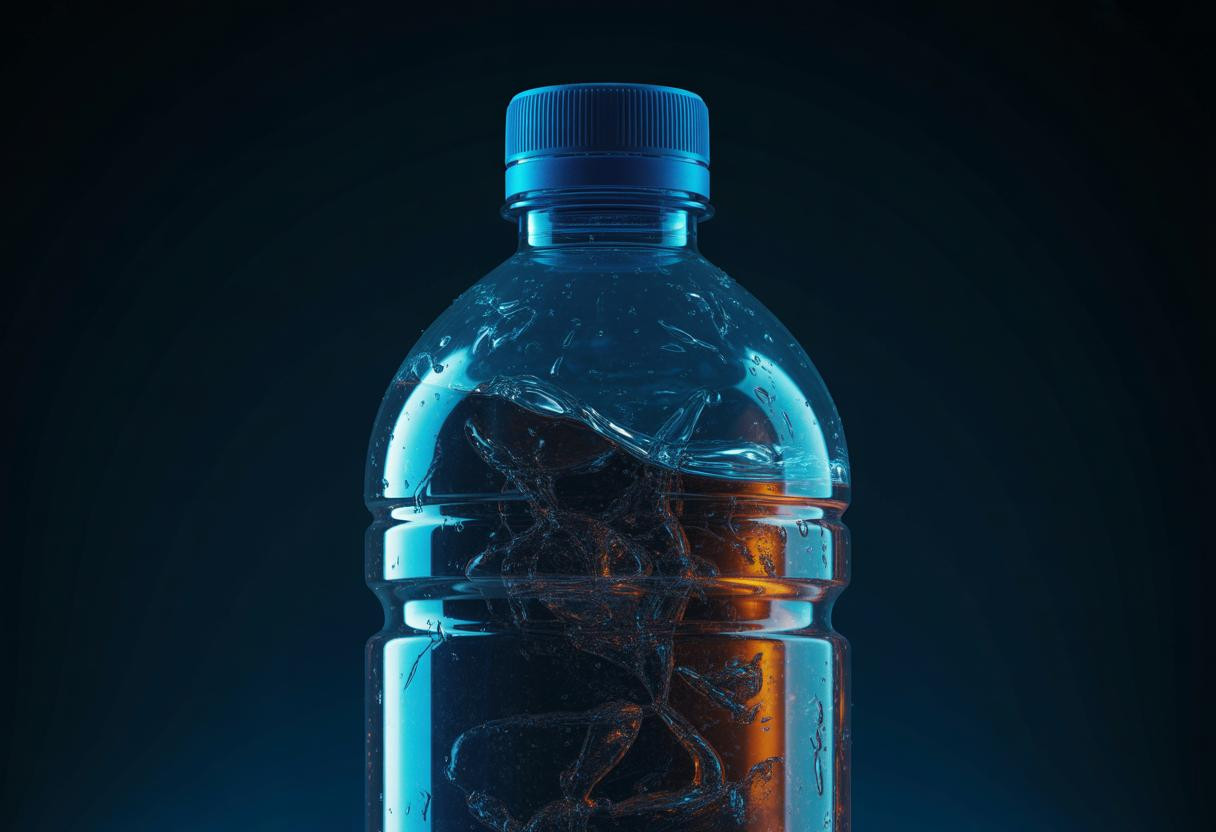The bottled water sitting in your refrigerator right now might contain lithium levels that exceed safety thresholds established by health agencies—and most consumers have no idea because this potentially harmful mineral isn’t required to appear on labels. Recent toxicological investigations reveal that some mineral water brands contain lithium concentrations that surpass recommended limits, raising serious questions about long-term health impacts.
The hidden mineral that’s everywhere in our water supply
Lithium occurs naturally in groundwater across the United States, but concentrations vary dramatically by region. A comprehensive 2024 USGS study analyzed over 18,000 wells and discovered that 24% of public-supply wells exceeded 60 μg/L—a threshold that triggers health concerns among toxicologists.
Unlike therapeutic lithium used for bipolar disorder, these environmental exposures happen at much lower doses but over decades of consumption. The concerning reality? Lithium has no federal drinking water standards in the United States, leaving consumers vulnerable to chronic exposure without their knowledge.
What makes this particularly troubling is that lithium concentrations can range from 0.06 to 1,557 μg/L in bottled and spring water sources, with no requirement for disclosure on product labels.
Alarming health discoveries that contradict popular beliefs
The dual nature of lithium’s health impact
Recent epidemiological studies reveal a startling contradiction about lithium’s effects on human health. While some research suggests areas with naturally higher lithium levels show reduced suicide rates and potential neuroprotective benefits, other studies link chronic exposure to increased risks of autism spectrum disorders and schizophrenia.
This mirrors concerns about artificial sweeteners and cognitive health risks, where everyday consumption of seemingly harmless substances can have unexpected neurological consequences.
Vulnerable populations face amplified risks
Pregnant women and elderly adults show heightened sensitivity to lithium exposure. The Agency for Toxic Substances and Disease Registry recommends reducing exposure when levels exceed 40 μg/L, yet many consumers remain unaware of their water’s lithium content.
This pattern of hidden risks in common products extends beyond water—similar to how supplement safety concerns for vulnerable populations often go unrecognized until health problems emerge.
Critical threshold levels that demand immediate attention
The EPA has established a non-regulatory Health-Based Screening Level of 10 μg/L for lithium, while Connecticut’s Department of Public Health sets their health advisory at 40 μg/L. These dramatically different standards highlight the uncertainty surrounding safe exposure levels.
Toxicologists consider concentrations above 30 μg/L particularly concerning because this level appears in approximately 25% of tested groundwater sources. The most alarming discovery? Some regions show lithium levels exceeding 1,500 μg/L in natural water sources.
Essential steps to protect yourself and your family
Immediate testing and assessment actions
Contact your local water utility to request lithium testing results, as many systems now monitor this contaminant under EPA guidelines. For private wells, professional water testing costs $50-150 and provides crucial baseline data about your exposure levels.
Smart filtration and water choices
Reverse osmosis systems effectively remove lithium from drinking water, though standard carbon filters prove ineffective. When selecting bottled water, choose brands that provide comprehensive mineral analysis reports, though this information isn’t always readily available.
Just as consumers must be vigilant about common household products with hidden health risks, water safety requires proactive assessment rather than assumptions about regulatory protection.
The sobering reality about regulatory protection gaps
The absence of enforceable lithium standards means consumers bear responsibility for protecting themselves from this invisible threat. Future regulations seem inevitable as mounting research reveals both beneficial and harmful effects of chronic lithium exposure, but current protection remains inadequate for millions of Americans drinking contaminated water daily.
